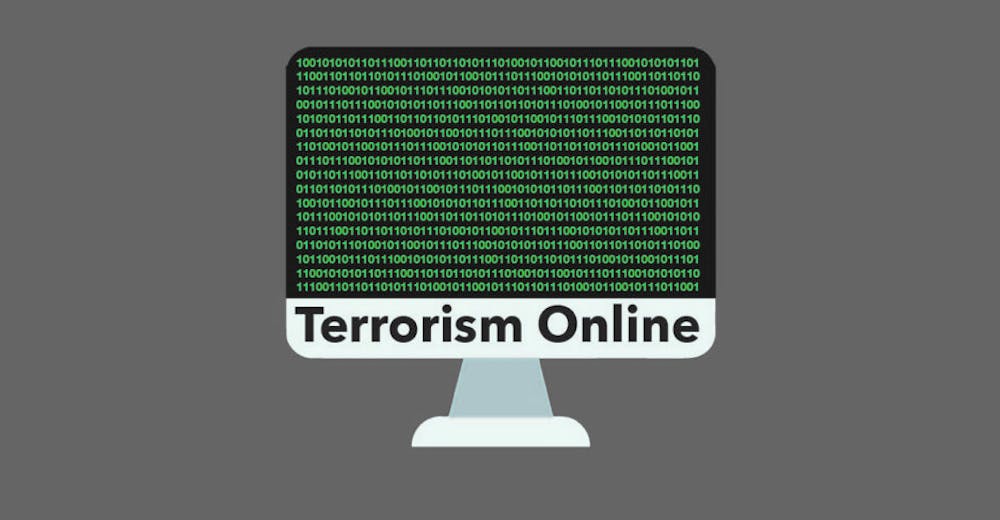Former classmates of 19-year-old Akram Musleh claim that he seemed to be an average American-Muslim teenager living in Brownsburg, Indiana. He wore Jordans, spoke English, and mostly kept to himself.
Akram sat next to Jake Fults in a class during their freshman year of high school. Jake says Akram always seemed to be looking forward to graduation. He didn’t seem interested in making friends, and he didn’t seem to worry about what people thought of him. Akram wasn’t socially popular, says Jake, but there wasn’t anything particularly “off” about him.
Although Akram seemed normal to others, he was arrested in the summer of 2016 at a Greyhound Bus Station in Indianapolis. He had been on his way to John F. Kennedy International Airport in New York City with a one-way ticket to Casablanca, Morocco. In the eyes of the law, Akram was not a normal teenage boy. He was a potential terrorist.
Social networking apps and websites have revolutionized a generation’s entire means of networking and communication. It was Akram’s involvement in social media, online-based recruiting, and a growing interest in ISIS that led the FBI to intervene.
According to Brandwatch statistics, around 2.3 billion people around the world today are using some form of social media; the number of online terrorists has risen along with those numbers. According to the Brookings Institution, ISIS sympathizers operated an estimated 46,000 Twitter accounts between September and December 2014, though not all were active at the same time. This is a number that surprises Nicole Hendricks, a social media professor at Ball State. She assumes that today the number is much higher, because extremists increasingly use social media in an effort for widespread recruitment and to share their beliefs.
ISIS primarily recruits the western world through digital means. In the past, terrorist groups didn’t have organized procedures to recruit new members, says Francine Friedman, who teaches classes on the politics of terrorism at Ball State. She says that traditionally, people would join groups as a result of influence of friends and family, a feeling of social isolation, or a feeling that something is unfair.
To continue reading, visit ballbearingsmag.com.





